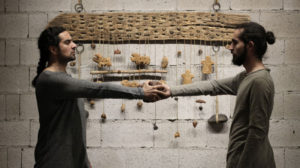Alone, Together: An Armenian dancer at home and in Paris - Vancouver Ballet Society
- Home
- Features 2020 - 2023
- Alone, Together: An Armenian dancer at home and in Paris

By Debra Spark
“Hello, how are you doing, my beautiful peoples?” 36-year-old Armenian dancer Tsolak MKLE-Galstyan made a habit of saying in his delightfully imperfect English to his fellow artists in Paris. They were all new friends, an international group who had quickly bonded at L’AiR Arts, a January 2020 multicultural residency about the post-World War One art world. Led by Russian émigré Mila Ovchinnikova, the group explored that devastating moment in history when Parisian creatives felt the world had changed forever and old artistic approaches to experience would no longer do.
By the end of the three weeks, none of the L’AiR artists wanted to say goodbye. “We’ll stay in touch,” everyone said. MLKE-Galstyan (pronounced Mul-kay Gal-uh-stee-ahn) had a better idea. “Next year, everyone, you come to Armenia,” he said. His late father had built a large summer house outside Yerevan. MLKE-Galstyan was already hoping to secure funding to turn the beautiful spot into an artistic centre. Maybe he could put everyone up there?
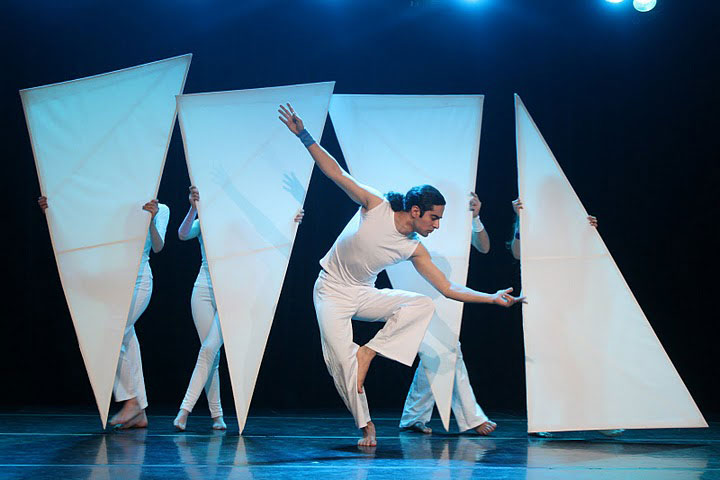
Imagining opportunities where none exist is MLKE-Galstyan’s habit. In 2003, he and his sister Shoghakat co-founded Armenia’s first contemporary dance company, Mihr Theatre (named after the pagan God of sun and light). Now, he wanted to arrange for the L’AiR artists to gather again, so they could continue the conversations about art and life that were “like air” for the dancer.
But the coronavirus epidemic put an end to that particular dream. Within weeks of returning to their respective countries, MLKE-Galstyan and his new friends weren’t studying the artists of 1920s Paris but mirroring them: trying to figure out new ways of working, given the crisis of the times. They’d gone from one of the most social, culturally rich experiences of their lives to one of the most isolating.
The solution? The group wasn’t going to even wait a year to capitalize on their friendships. Instead, online from their own homes around the world, they began to consider solitude collaboratively and from a global position.
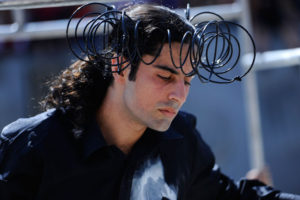
Another artist from the January residency — Fiona Leonard, an Australian playwright and theatre director living in Düsseldorf — spearheaded the effort. She paired one artist from the residency with two other international artists. At 20:30 on a Friday night, Leonard emailed the 31 participants the names of their collaborators and gave them till 18:00 on Saturday night to conceive, produce, film and upload a dance based on the theme of the five elements. The ten short works were subsequently posted online at.
MLKE-Galstyan collaborated with a writer from Ghana and a musician from Germany and Russia. The result — Into the Rain — is an affecting five-minute black-and-white video. Typically, MLKE-Galstyan works with a creative and support team of about twenty 20. Now, he was performing alone on the herringbone floor of his narrow bedroom in the apartment he shares with his mother.
The video begins with him washing his hands, using water from a tall slim vase, the glass of which splits and doubles his undulating body. His movements suggest a man despairing yet celebratory, trapped yet free, reminding us that there are multiple prisms for every experience. As he moves away from the vase, his gestures become increasingly frenetic. When he dips his hand into a second vase, he seems to be baptizing himself. Finally, he steps onto his third-floor apartment’s shallow balcony, which offers up a view of Soviet-era apartment buildings (built with the pink stone that accounts for why the city is called Pink Yerevan). Rather than appearing free outdoors, however, MLKE-Galstyan is even more trapped, his cheek pressed against the window, his face expressing exhausted resignation.
Being bound in space is challenging for any dancer, but perhaps particularly so for MLKE-Galstyan, whose spirit is clearly anti-authoritarian. As he said in a 2012 TEDx/Yerevan talk, he finds it “beautiful when people are playing together without rules.”
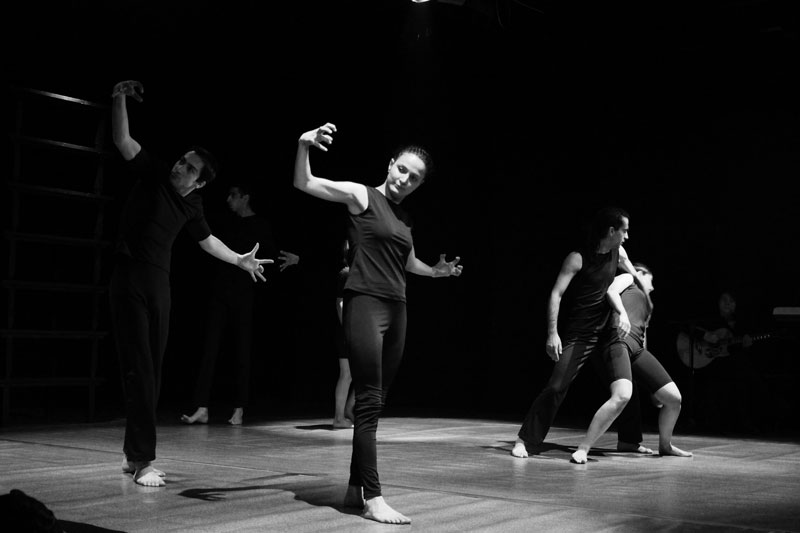
MLKE-Galstyan’s training is broadly based, including traditional Armenian and Latino-American dance, as well as ballet and contemporary. He credits a teenage experience of immobility — he spent a year in a hospital after being hit by a car — with teaching him that movement comes from the soul, goes to the heart, then the mind and “only then to the body.”
Not surprisingly, his work is deeply emotional, sometimes relating to Armenian history — from the genocide to Lavash bread — sometimes to other artists or art forms. In The Sound of Loneliness, anger, aggression and punishment are examined, as MLKE-Galstyan strikes out in a space filled with wind chimes. In The Colors, dancers paint on white boards as they move. And during the January residency, MLKE-Galstyan drew on his white-clad body with magic markers for a show at the famous La Coupole brasserie.
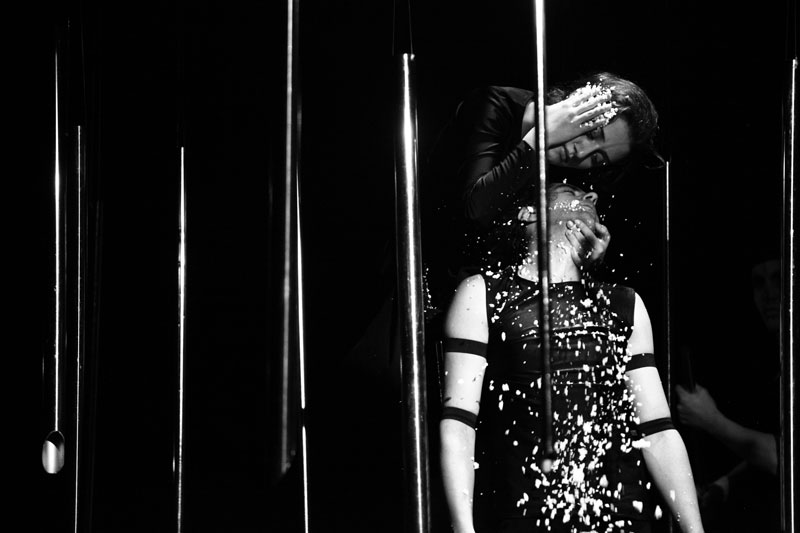
In Paris, MLKE-Galstyan sometimes instigated storytelling games at late-night salons with the other artists, and narrative is the first thing he mentions when he talks about his work: “For me it is very important to have a story, a script, an idea, which will be developed in the choreography.” That said, he knows that especially when he performs internationally — his company has been all over the world — audiences may not be familiar with certain historical references. One of his projects is about Komitas Vardapet, a priest and ethnomusicology pioneer, who survived a deportation to a prison camp during the Armenian genocide, only to suffer a severe mental breakdown. That piece played one way in his own country, and in an entirely different way in the ten American cities in which it was performed. As long as audiences can emotionally engage, however, MLKE-Galstyan is satisfied.
Other key aspects of the company are its devotion to experimentation, its employment of several differently-abled dancers among its roster and its collaboration with the all-female Tiezerk Band (one member of which is Luisine, MLKE-Galstayan’s younger sister).
2020 was supposed to have been a year for international festivals and performances for Mihr Theatre. Instead MLKE-Galstyan is creating projects about self-isolation. One might suppose that someone who thrives on communicating with audiences would be creatively blocked in confinement, but not so, as MLKE-Gatsyan “sees” dance all around us: in the basic experience of non-verbal communication through touch, and even in the cosmos. “Everything in the universe is moving; planets, stars, days become nights, wind, rivers,” he says. “In my vision of existence, everywhere is dance.”
